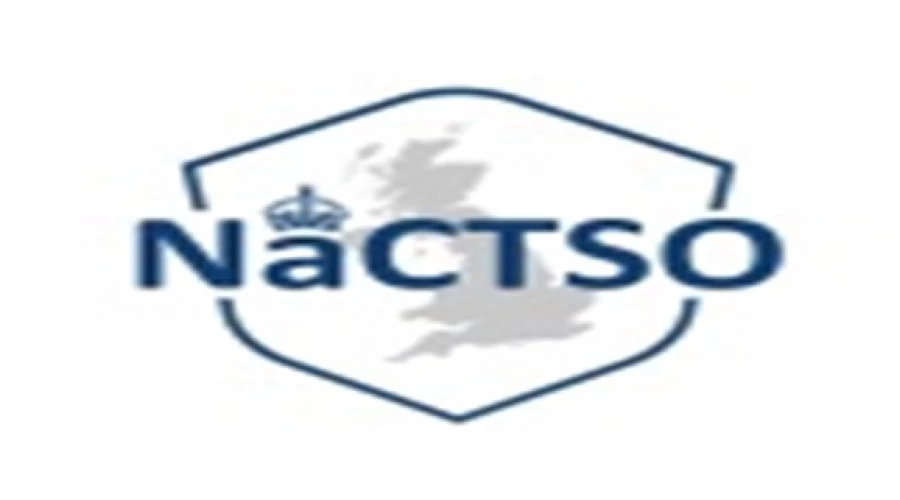Community Emergency Plans
Introduction
Traditionally, parish/community plans have been the communities’ best way into resilience. Over many years, a good number of communities have taken the option to create one themselves. As time has moved forward, we have refined these plans and brought alongside other schemes and initiatives to complement them. Parish/community plans are essential in building community resilience and should fit around what works for you and your community, and not what someone else tells you, you must do.
Before we start please see the community plan mapping page to see what’s already in your area
Where to start?
Area you are going to Cover
This is completely up to you. Firstly, it is most important to decide what community you are writing the plan for, is it geographic (parish, town or smaller area) or is for a set group (perhaps religious or business). Often smaller villages and hamlets will have a plan encompassing the whole area, while towns might have an overreaching plan with annexes for smaller localities. Plans based on groups are not as well known but are equally as important as they often cover a known risk and can be more specific. To consider the different community types please see the communities page
Your Risks
The next milestone is identifying what risks you have in your area. This can be relatively easy if you regularly suffer from a specific risk such as flooding, but initially more difficult if you do not. Let’s consider some risks you might have:
- Flooding (river or surface water)
- Snow and Ice
- Power Cuts
- Water/Gas Outages
- Fire (possibly near a wildfire risk area such as heath or moorland)
- Loss of Building (community hall maybe)
There are many more risks which can be seen on the risk pages, but this is a good starter. One of the easiest ways of going about the next step is touring the local area with a map and drawing on it the locations that might experience these risks. One key point worth considering is to highlight where you might suffer from regular blocked gullies and drains that cause flooding. This will help the local Council identify problematic areas and rectify any issues before an incident occurs.
Your Team
As you move forward, the next logical step is to identify a willing team to work with you. Everyone will have an interest or skill that they can bring to the table. Some roles that may be helpful are suggested below and you can double these jobs up and have as many people doing one job as you like:
- Plan Writer (collate all the information together)
- Flood Warden
- Snow Warden – we will be posting more information on this soon
- Community Contact (who can we contact in an emergency)
The above might seem quite lengthy, but as suggested, you can double up on jobs if you are a smaller area.
Related News

Swindon Borough Council - confirmed case of bird flu
>1m read
Swindon Borough Council - confirmed case of bird flu
Writing your Plan
Next is the exciting part! Firstly, there are two templates at the bottom of the page to help. You do not need to write a 40-page document you just need to do what is best for you and your local community. In addition to the two generic plans, you may also choose to use the annexes specifically for snow and flooding.
Without going into too much detail some of the things you can include in the plan are:
- Emergency contacts and your team
- Risks and risk map
- Locations of places of safety (like an evacuation centre, this can be a village hall, pub, school etc) (see more information on this here link)
- Areas of vulnerability (perhaps an area of older population/care home)
These plans can contain as much detail as you like, it is your plan and we’d like you to write what works for your community.
Training and Testing the Plan
Something we would like to move away from is plans being written and then sitting on a shelf for a number of years gathering dust. Therefore, we are proactively moving towards a training and testing approach. We will be running training at least once a year (which we will email to all contacts, and be posted on this website) and will be encouraging exercises. Exercises will be offered either via a face-to-face tabletop, through online templates or via in-person live exercises. The choice is a local decision, based on what works for you but has to be balanced against our capacity to deliver. One option, is to run a large scale generic exercise inviting a number of communities to attend.
Plan Templates
We encourage you as a community to design a plan that works for you, however we have some suggested templates below.
Downloads
Downloads
Community Emergency Plan
Download our latest community resilience plan template to get started writing your plan.




